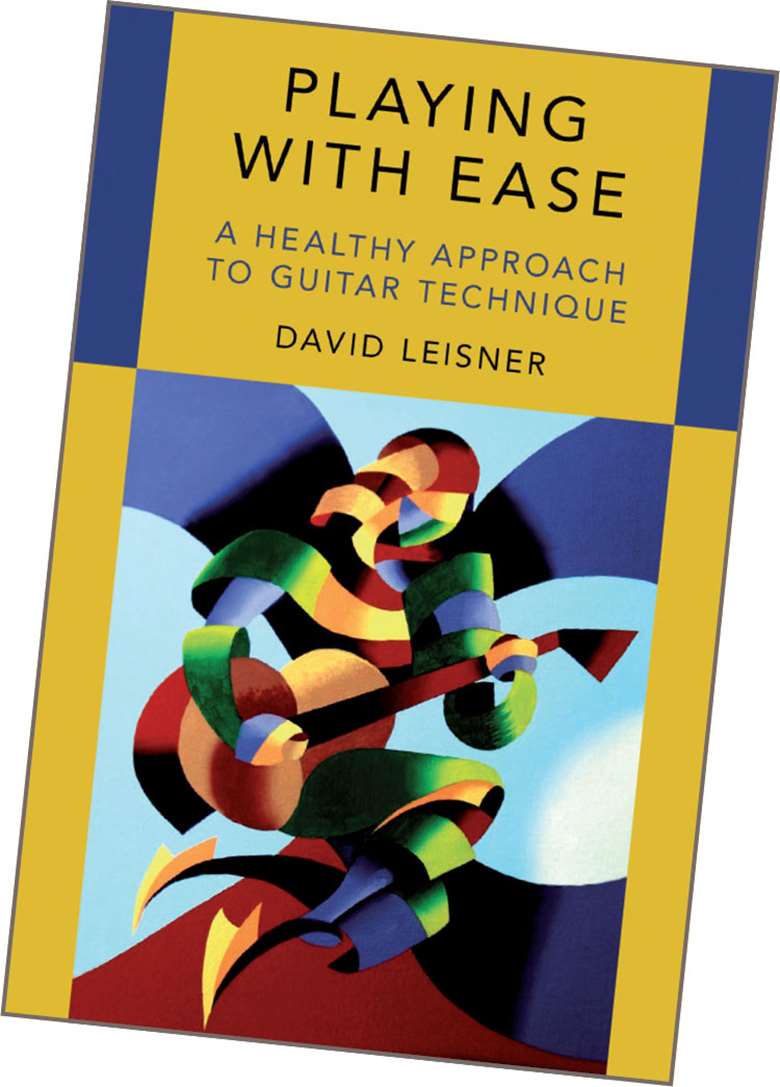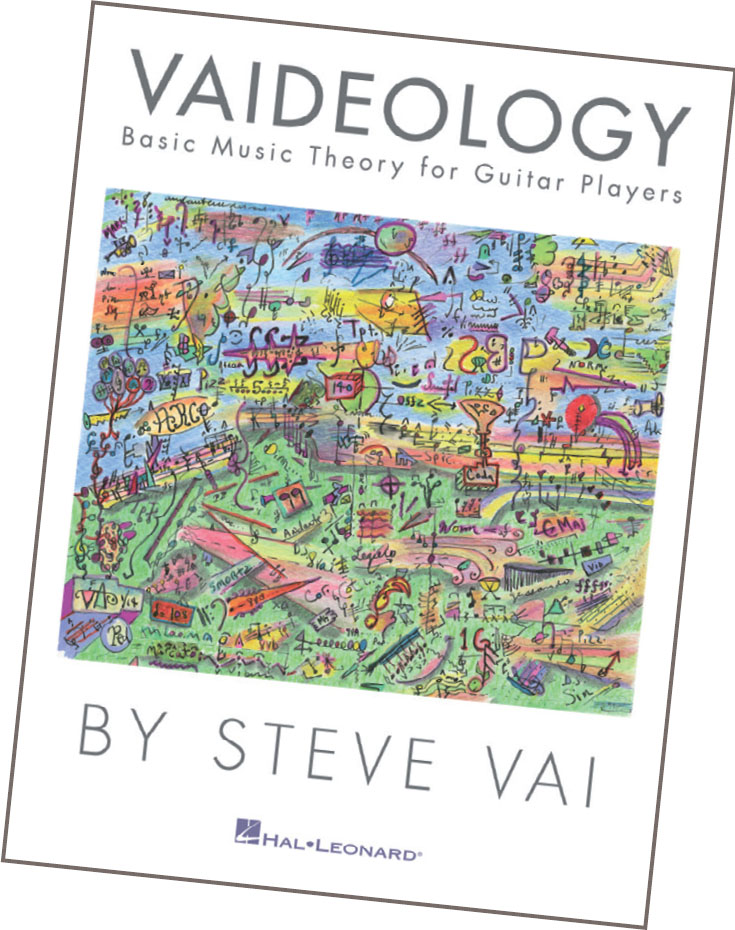Guitar Sheet Music Reviews: July 2019
Al Summers
Monday, July 1, 2019
Al Summers reviews Playing With Ease by David Leisner and Vaideology by Steve Vai

Playing With Ease: A healthy approach to guitar technique
For many, this will be a long-awaited and hoped-for text. The air of relaxation and control of a David Leisner performance also pervades this book. Disciplined and not without strong opinions, this is a useful and thought-provoking volume.
Although some very grainy photographic reproduction lends it a curiously old-fashioned look, the intent of each photograph is clear and displays the author's point well (with the author as model). Where this type of illustration would not be so suitable, the book contains specially commissioned line drawings, fulfilling their role very well.
As with several such Oxford University Press books now, there is also a companion website, a symbol in the text referencing this where relevant – these videos are supplementary and complementary, demonstrating concepts and movements in a way not possible on paper.
A total of eight sections are served by a handy index, which I found especially useful as a reference to enable navigation through the ideas in a customised way, rather than reading the book cover-to-cover or by chapter perhaps, though the reader would be wise to read the introduction first. For me, the wisdom in its final part (just three paragraphs) is pretty much worth the price on its own. It deals with the dangers of writing such a book and, in doing so, warns us all against the dangers of entrenched concepts, recommending that we keep our minds open, even to uncomfortable or radical ideas, while looking to consolidate or re-evaluate the good principles of which we are already aware – or maybe even just to hear them explained in a different way.
Subjects covered include general principles as well as specific ideas with reference to both body (as an overall concept as well as in a later chapter detailed to the individual) and instrument, picking hand, fretting hand and large muscle groups. The latter relates to Leisner's own story, his wider approach making it relevant to others. The hands are referred to here as ‘right’ and ‘left’, that is to say the playing style of a right-handed person. This can lead to more than just the obvious confusion. I am aware of one tutor who has taken this use of terminology to mean that guitarists cannot play left-handed, insisting that everybody plays right-handed or they will not teach. This is despite the number of left-handed instruments from manufacturers who are not in the business of selling instruments simply to be quirky – there must therefore be a genuine demand! I thought this kind of approach had died many years ago and had an appalling impact on some pupils who subsequently moved to other tutors and thrived, playing naturally on a suitable instrument. Indeed, my own left-handed students find my ‘mirroring’ to be very beneficial! I am sure Leisner has no intention of causing such concerns – I am simply surprised that he does not use other terms. Perhaps ‘the picking hand’ is not quite accurate and 'the tone production hand’ is somewhat clunky.
Although quite prescriptive in tone, even challengingly opinionated at times, Leisner is gentle and encouraging. He gives credit to others where appropriate, acknowledging that pupils have inspired and contributed to the research. Emphasised points are given in italics and those based upon personal experience appear in boxed text. Coverage of relaxed and effective practice progresses to concert preparations, including Leisner's ‘six golden rules’, some of which will already be familiar to readers although his candid elucidation can enlighten even the most experienced player.
The aims here are broad and I would say that roughly 75% of the book is of considerable interest and benefit to all musicians.

Vaideology: Basic music theory for guitar players
Steve Vai's reputation and position in the musical world were established early on in his career with his extraordinary, and accurate, Frank Zappa transcriptions. These earned him a job in Zappa's very disciplined and demanding band before he was even old enough to take up the post.
Vai's talents stretch beyond music, with this book containing paintings and ambient illustrations by Vai himself. While this artwork appears to present a complex world, the (mostly treble clef) musical examples, diagrams and tables found throughout display Vai's clear understanding and his ability to break the subject down into manageable parts. The almost 40 sections, many with sub-sections, are detailed in a well-organised contents list, making navigation easy.
Although some may consider parts of the information and ideas more than basic, all of the concepts are clearly explained. Diagrams and tables are easy to access and understand. Polyrhythms and more elaborate scales and modes make their way into the latter half of the book. This will be of no surprise to Vai's followers. Transposing instruments, tablature, the cycle of fifths and relevant technical subjects such as harmonics are among the diverse subject matter. Many sections are approached in different ways, with academic study often followed by practical, here termed ‘experiential’, study. Advanced sections take some subjects further and different types of learning are thus explored. Vai emphasises the importance of listening and ear training, as well as the belief in following your own instincts. This volume paints theory with a wide brush, with notation as a close relative.
An ex-Berklee student and pupil of Joe Satriani, Vai set up his own academy in 2015, which in turn has inspired this book. The ‘document’, as Vai terms it, consists of 94 large format pages of reference and study, making for a substantial workbook. Although written ‘for guitar players’, much of the material is relevant to any and every musician. This is perhaps one of the most succinct and comprehensive books of music theory available in a single volume, one of its advantages being that it is designed to be applied immediately. Music theory is an endlessly fascinating subject but arguably meaningless unless turned into sound, which is encouraged here at every point. The broad scope provides an overview of music, gritty detail ensuring that the pupil understands in depth. Some areas will be less familiar to musicians from different disciplines and doubtless there will be distinct enlightenment on some pages for far more experienced musicians than those requiring a basic knowledge.

